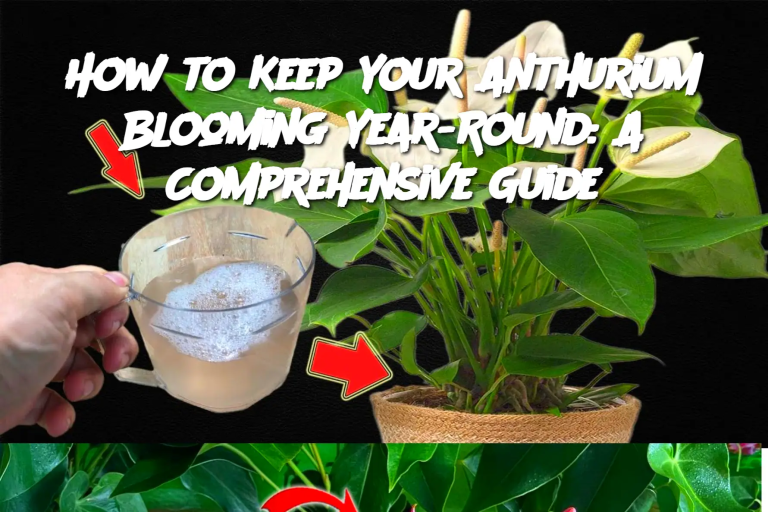ADVERTISEMENT
Watering Variations: In different climates or regions, you may need to adjust your watering routine. Tropical regions with higher humidity can reduce the need for frequent misting or humidifiers.
Fertilizer Variations: If you're looking to boost flowering, switch to a fertilizer higher in potassium and phosphorus for the blooming season and use a nitrogen-based one during the growth phase.
FAQs:
Q1: How often should I fertilize my anthurium to promote blooming?
Fertilize every 4-6 weeks with a balanced fertilizer. In the blooming season, you can increase feeding slightly to boost flower production.
Q2: Why isn’t my anthurium blooming?
Lack of blooming can be due to insufficient light, poor humidity, or infrequent fertilization. Ensure your plant is getting enough indirect light, humidity levels are high, and it's being fed regularly.
Q3: Can I move my anthurium from indoors to outdoors?
Anthuriums are typically grown as houseplants, but they can be moved outdoors in warm climates (above 60°F/16°C) during the summer. Just be sure to place them in a shady, protected spot.
Q4: How do I encourage more flowers on my anthurium?
Maintain the right balance of light, temperature, humidity, and nutrients. Pruning spent flowers regularly will also help encourage new blooms.
Q5: When is the best time to repot my anthurium?
The best time to repot is in the spring or early summer when the plant is actively growing. Avoid repotting during the winter months when the plant is resting.
By following these simple yet effective steps, you can enjoy a stunning, year-round display of anthurium blooms, bringing vibrant color and elegance to your home no matter the season!
ADVERTISEMENT
